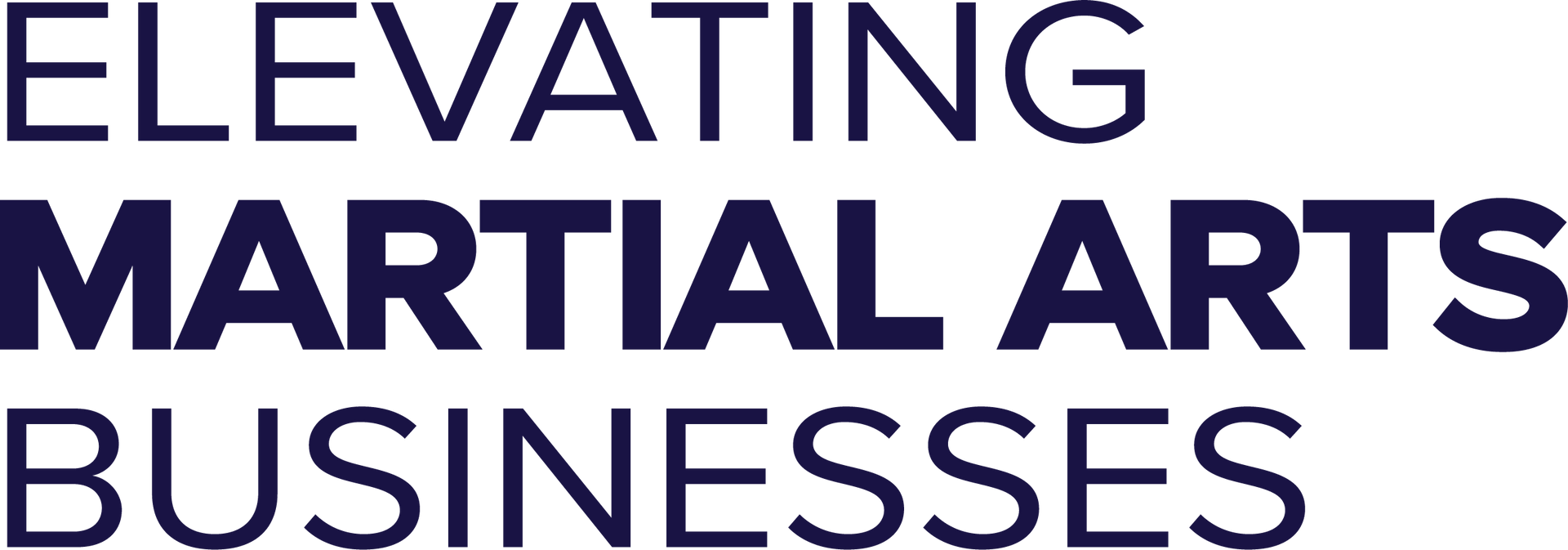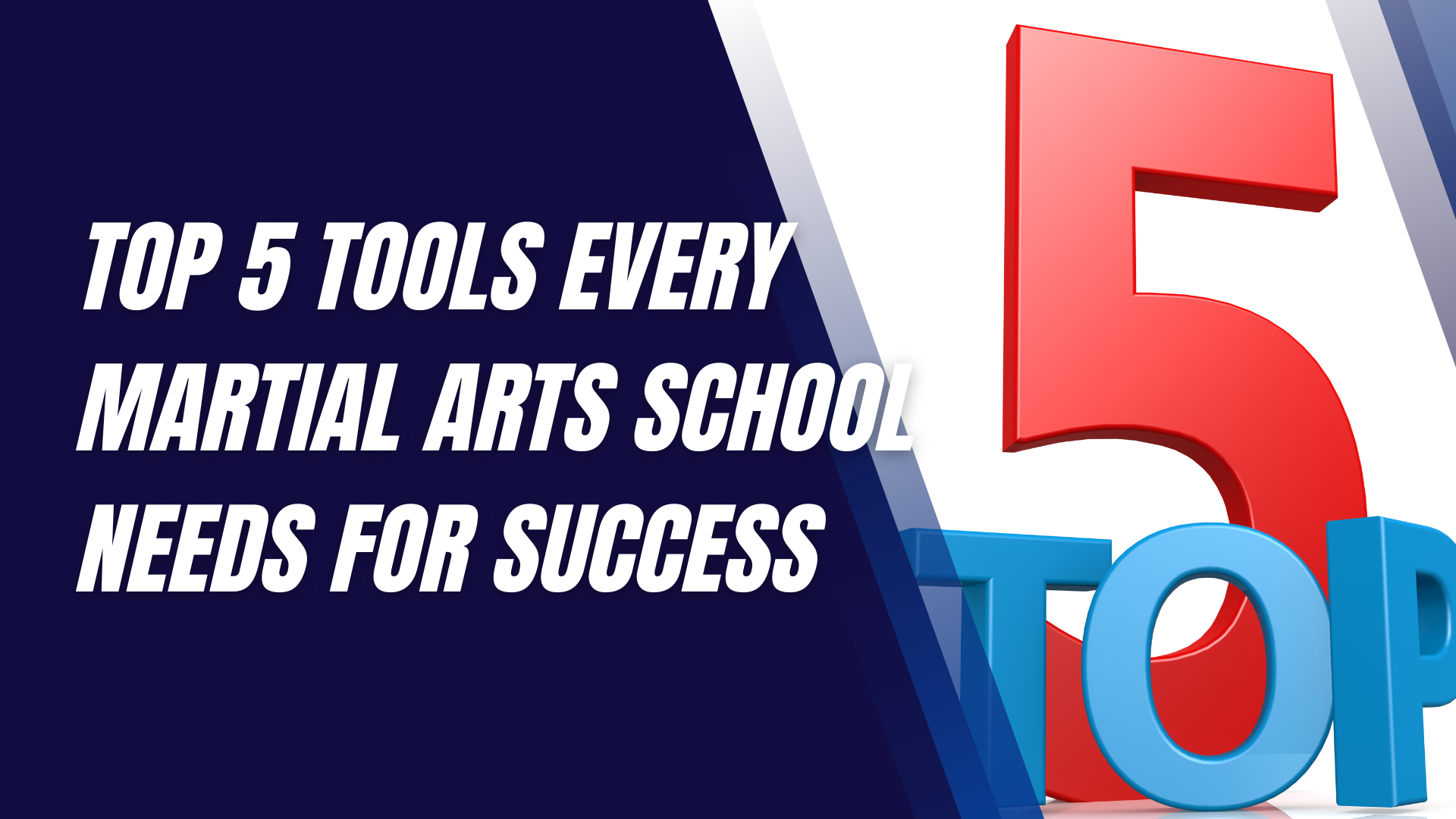Best Practices for Managing Martial Arts Gym Finances
Managing the finances of a martial arts gym is crucial for maintaining a thriving, successful business.
With high-quality instruction at the core of your operations, proper financial oversight ensures that you can continue to offer valuable services while growing the gym sustainably. This article explores the best practices that every martial arts gym owner should follow to keep their gym financially healthy, from budgeting to growth strategies.
Understanding Martial Arts Gym Expenses
Running a martial arts gym involves both fixed and variable costs. Understanding the distinction between the two is critical for efficient financial planning.
- Fixed Expenses: These include rent or mortgage payments, staff salaries, insurance, and utilities, which remain constant regardless of the number of members.
- Variable Expenses: These fluctuate based on gym activity and include costs for equipment, event hosting, and marketing.
Common expenses that every gym must account for include:
- Facility Costs: Rent or mortgage payments for the gym space are typically one of the largest expenses.
- Staff Salaries: Paying instructors, administrative staff, and cleaners.
- Equipment: Purchasing or renting equipment such as mats, bags, and protective gear.
- Utilities: Electricity, heating, water, and internet services.
- Insurance: Liability insurance to protect your business from potential claims.
By categorizing and understanding these expenses, you can better allocate your resources and avoid unexpected financial strain.
Budgeting for a Martial Arts Gym
A well-planned budget is fundamental for any business, and martial arts gyms are no exception. Creating an annual budget allows you to plan for significant expenses and revenue fluctuations over the year.
- Annual Budget: Set realistic goals by considering all fixed and variable expenses. Include projections for revenue streams like membership fees, workshops, and merchandise sales.
- Monthly Financial Goals: Break down the annual budget into monthly targets. This helps you monitor cash flow and adjust as needed if expenses are higher or income is lower than expected.
- Adjusting Your Budget: As the year progresses, keep an eye on actual vs projected income and expenses. Make necessary adjustments to your spending or revenue goals based on these comparisons.
Budgeting is not a one-time task; it’s a continuous process that involves tracking, forecasting, and adjusting regularly.
Revenue Streams for Martial Arts Gyms
Successful martial arts gyms diversify their revenue streams to maintain financial stability. Relying solely on membership fees can leave your gym vulnerable to economic downturns or seasonal fluctuations.
Some lucrative revenue streams include:
- Membership Fees: The backbone of most gyms, offering various membership packages (monthly, yearly, family discounts).
- Workshops and Seminars: Hosting special events with guest instructors or offering focused training camps.
- Private Lessons: Offering personalized training sessions can be highly profitable.
- Merchandise Sales: Selling branded equipment, apparel, and accessories such as gloves, belts, uniforms, and water bottles.
- Facility Rental: Renting the gym space to other trainers or for events when it’s not in use for classes.
Creating multiple revenue streams helps ensure your business remains profitable throughout the year.
Pricing Strategies for Martial Arts Gyms
Setting the right pricing for your services is essential to covering your expenses while remaining competitive. Consider your gym's unique value proposition, local competition, and target audience when setting prices.
- Competitive Membership Prices: Offer tiered membership plans (e.g., basic, standard, premium) to cater to different customer segments.
- Dynamic Pricing: Charge higher rates for personalized services like one-on-one lessons compared to group classes.
- Discounts and Promotions: Offer short-term promotions (like discounts for new members) but ensure they don’t undercut your revenue in the long run.
It's important to strike a balance between affordability for your members and profitability for your business.
Managing Cash Flow
Cash flow management is about ensuring that money flows in and out of your business efficiently. Poor cash flow can lead to difficulties in paying bills, even if your gym is profitable on paper.
- Tracking Cash Flow: Use financial software to track all income and expenses regularly.
- Healthy Cash Flow: Ensure that you have enough money on hand to cover regular expenses like salaries, rent, and utilities.
- Tools for Cash Flow Management: Utilize accounting software like QuickBooks or Xero to automate invoicing, bill payments, and track your financial status in real-time.
Good cash flow management prevents financial emergencies and keeps your business running smoothly.
Importance of Record Keeping
Proper record keeping is essential for staying organized, preparing taxes, and making informed business decisions.
- Organizing Financial Documents: Keep records of all income, expenses, and invoices. Organize them by category for easy access during tax season.
- Tracking Income and Expenses: Use spreadsheets or accounting software to track all financial transactions.
- Legal Obligations: Keep records for a minimum of seven years, in case of an audit or legal requirement.
Accurate and timely records ensure you comply with legal obligations and can analyze your gym’s financial performance.
Tax Planning for Martial Arts Gyms
Taxes are a significant consideration for any business. Proper planning can save you money and prevent unexpected tax bills.
- Understand Tax Obligations: Know your local and federal tax requirements, including sales tax on merchandise and service taxes on memberships.
- Take Advantage of Deductions: Expenses like equipment purchases, travel for competitions, and gym improvements may be tax-deductible.
- Professional Help: Hire an accountant if taxes become too complex to manage yourself.
Tax planning ensures you comply with regulations while minimizing your tax burden.
Cost-Cutting Measures Without Sacrificing Quality
Reducing expenses doesn’t have to mean lowering the quality of your services. There are several smart ways to cut costs.
- Utility Bills: Install energy-efficient lighting and heating systems to reduce electricity costs.
- Renting Equipment: Instead of buying expensive equipment, consider renting or leasing to spread out the cost over time.
- Optimizing Staff Scheduling: Adjust staff hours to match busy periods, reducing payroll during slow times.
These cost-cutting measures can help boost profitability without compromising the quality of your gym’s services.
Investing in the Right Equipment
Choosing the right equipment is a balance between quality, functionality, and cost.
- Quality vs Cost: Invest in high-quality equipment that will last, but don’t overspend on unnecessary luxury items.
- Repair vs Replace: Regular maintenance can extend the life of your equipment. However, if repair costs are too high, it may be more cost-effective to replace certain items.
- Leasing Options: Leasing equipment can help you avoid large upfront costs and keep your cash flow more manageable.
Good equipment enhances the training experience and can also be a selling point for your gym.
Financing Options for Martial Arts Gyms
At some point, you may need external financing to expand or manage operational costs.
- Loans and Investors: Explore small business loans or seek private investors to inject capital into your business.
- Self-Funding: If possible, use personal savings to fund growth without taking on debt.
- Crowdfunding: Some gyms have successfully raised funds by offering perks or membership discounts to contributors.
Choosing the right financing option depends on your gym’s current financial position and long-term goals.
Software and Tools for Financial Management
There are many software tools available that can streamline financial management for your martial arts gym.
- Accounting Software: QuickBooks and Xero are popular choices for small businesses. These platforms handle invoicing, expense tracking, and payroll.
- Gym Management Software: Platforms like Zen Planner or Mindbody include built-in financial features such as automated billing and membership tracking.
- Financial Dashboards: These tools help you monitor key performance indicators (KPIs) like revenue, expenses, and profit margins.
Utilizing modern software solutions makes financial management easier and more efficient.
Payroll and Compensation Management
Managing payroll efficiently is key to keeping your employees happy and your gym financially sound.
- Fair Compensation: Ensure your staff is compensated fairly based on industry standards.
- Bonuses and Incentives: Offer performance-based bonuses or incentives to motivate staff and increase retention.
- Benefits Packages: Consider offering health insurance, retirement plans, or paid leave to improve employee satisfaction and loyalty.
Fair payroll management keeps employees motivated and can reduce turnover.
Handling Financial Emergencies
Unexpected expenses can arise at any time, from equipment breakdowns to facility repairs. Having a contingency plan in place is crucial.
- Emergency Fund: Set aside a portion of your profits each month to build an emergency fund.
- Unexpected Costs: Be prepared to cover things like emergency repairs, legal issues, or insurance claims.
- Financial Contingency Plan: Have a plan in place for significant financial setbacks, such as a temporary closure or major capital expense.
Building an emergency fund will help you navigate financial crises without putting your gym at risk.
Long-Term Financial Planning
Long-term financial planning is essential for the sustainability and growth of your martial arts gym.
- Retirement Plans: Consider setting up a retirement plan for yourself and your staff.
- Expansion Plans: Save for future expansion, such as opening a new location or adding more services.
- Sustainable Growth: Focus on building a financial model that supports long-term growth without overextending your resources.
Planning for the future ensures your gym’s longevity and helps you achieve your personal financial goals.
Outsourcing vs In-house Financial Management
Many gym owners debate whether to manage finances in-house or outsource to professionals.
- Hiring an Accountant: Professional accountants can save you time and ensure accuracy in your financial reports.
- Internal Financial Management: If you prefer to manage finances yourself, invest in training and the right tools to stay organized.
- Cost-Benefit Analysis: Weigh the costs of hiring outside help against the time and energy saved.
Choosing the right approach to financial management depends on your budget and personal preference.
Financial KPIs for Martial Arts Gyms
Tracking key financial performance indicators (KPIs) can help you monitor your gym’s financial health.
- Profit Margins: Keep track of how much profit your gym generates after expenses.
- Member Retention Rates: A high retention rate means stable revenue, while low retention signals the need for improvement.
- Operating Costs: Monitor your operating costs regularly and compare them against revenue to ensure profitability.
By keeping an eye on these KPIs, you can make data-driven decisions that improve your gym’s financial performance.
Common Financial Mistakes to Avoid
To run a successful martial arts gym, avoid these common financial pitfalls:
- Underpricing Services: Charging too little can harm your gym’s profitability and devalue your services.
- Failing to Track Expenses: Neglecting to record every expense can result in overspending.
- Overlooking Tax Obligations: Missing deadlines or miscalculating taxes can lead to penalties.
Avoiding these mistakes ensures a stable financial foundation for your gym.
Financial Growth Strategies for Martial Arts Gyms
Once you’ve established a stable financial base, focus on growing your business.
- Expanding Revenue Streams: Explore new ways to increase revenue, like franchising or opening additional locations.
- Improving Retention: Implement strategies to keep members engaged and reduce turnover.
- Strategic Partnerships: Partnering with local businesses or other gyms can open up new opportunities for growth.
These strategies can help take your gym to the next level financially.
Final Thoughts
Effectively managing martial arts gym finances is essential to running a successful business. From budgeting and cash flow management to long-term financial planning, following these best practices will help you build a financially sustainable and thriving martial arts gym.
Interested in trying a martial arts class? Find an affiliated academy anywhere in the country by clicking here.
Have your own martial arts program? Get to know more about what we have to offer at Ground Standard Agency for helping martial arts businesses grow.
Email us at info@groundstandard.com, or call and text us at (732) 907-8920 today to learn how to start growing your own academy, school, dojo, or gym with us as well.
Share this article












